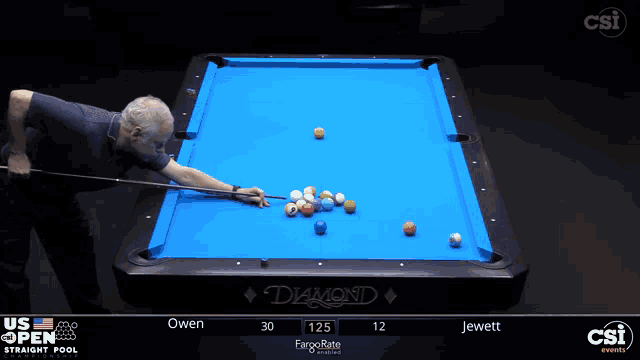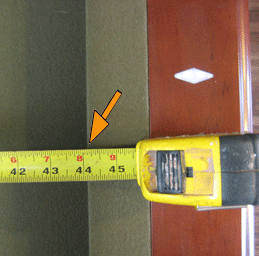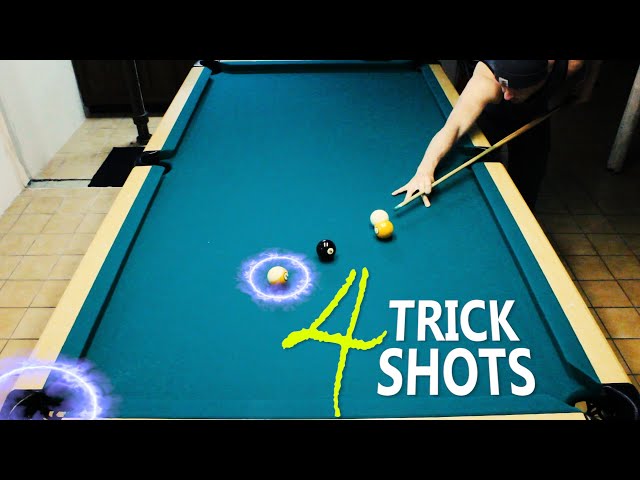
Bank shots require some finesse in order to be successful. Remembering how the ball hit the wall and the correct angle to get it into the pocket is key. This goes beyond knowing how to strike the ball, but also the best diamond for the job. You can use a bank shot to sink a ball or to recover from a safety play. It can even be used as a splitter for cross-pocket lines.
Although a bank shot can seem complicated, it is possible. You need to take into account the size and speed of your object ball as well as the distance between it and the cueball. By experimenting with different speeds and angles, you can improve your bank shot. Practice your shot with a friend.
When it comes to the bank shot, there is no magic formula. Each player has their own style and every bank shot can be a little bit different. Everyone should be familiar with a few key techniques. Taking the right bank shot can be an effective way to maximize your chances of winning. It isn't as hard as it sounds.

A pool ball can be banked by using the spin of the cueball to increase the angle. This will ensure that the ball travels straighter on the rail. The proper spin will also improve accuracy. As a result, you'll be able to see the effect on the ball's trajectory as it bounces off the rail.
You can also optimize a bank shot by using the "gear effects", the ability of an object ball to rotate in the direction of gravity. This is done by applying a slight amount of friction.
There are many ways to use the gear effect, but the best use is to adjust rail angle. This effect is most obvious when the object ball lies near the rail as the angle will appear to be very short. You can pocket the object ball by using the right angle.
Other common uses include kick shots, which are intended to be made in the side pocket. If the object ball is too far from rail, lag shots may be used. Lag shots are particularly useful when the object ball is in a position where the line of sight is nonexistent.

The reverse-cut bank shot, which is one of most difficult bank shots, is also one of my favorites. In order to compensate for left-hand transfer, you must make the object balls thinner. You will also need to be more precise if the object is too far from your rail.